A Complete Guide on How to Grow Cucumbers From Seed

By Brooke Ressell
Cucumbers are one of nature’s most perfect foods. They’re easy to incorporate into any healthy diet and, because of their mild, almost sweet flavor, they make a great addition to salads, dressings, soups, dips, cocktails, and smoothies. Plus, they have anti-inflammatory properties which is why spas often incorporate them into facials.
It’s no wonder that consumers love to stock up on cucumbers every time they hit the grocery store, farmer’s market, or road stand. In fact, 550,000 metric tons of cucumbers are grown just for pickling each year in the U.S. alone—making them the number one pickled vegetable by far.
And there are so many delectable, sought-after varieties of cucumbers that you can’t even find in your local area and have to scour the internet for. So many gardeners love to grow and harvest their own cucumbers at home and try all of the cucumber selections nature has to offer.
Ready to try your hand at planting cucumbers in your garden this year? We’ll show you how to grow cucumbers from seed so you can enjoy the crunchy taste of homegrown cucumbers this season—or to pickle and enjoy later.
Photo via Ann S
Cucumber Varieties
When you decide to grow cucumbers from seeds, the first thing you’ll notice is just how many varieties there are that've probably never heard of (or thought to look into) before. So choosing which cucumber seeds to plant may be quite the process.
To help you decide, here are 10 cucumber varieties you may want to consider planting in your garden:
Amiga Cucumbers
Amiga cucumbers are dark green in color, they’re spineless with very thin skin, and they’re great for both pickling and slicing. They’re also disease-resistant, making them a pretty hassle-free variety to grow.
Diva Cucumbers
Diva cucumbers are thought to be one of the best-tasting cucumbers out there. They’re a very sweet, crisp, and tender slicing cucumber.
English Cucumbers
English cucumbers are also commonly referred to as Hothouse and European Cucumbers. They have a thin skin and a mild, sweet flavor making them the perfect addition to salads, sandwiches, and sushi.
Garden Cucumbers
Garden cucumbers are the most commonly grown cucumbers in the U.S., and they’re what you see lining the shelves of your local grocery store. In many cases, their skin is waxed in order to retain their moisture, and they are full of big seeds.
Gherkins
Gherkins are very small cucumbers—usually between one and five inches. They are often pickled.
Japanese Cucumbers
Japanese cucumbers are used for both slicing and pickling purposes. They have a mild, sweet taste and none of the bitterness you’ll find with other varieties.
Kirby Cucumbers
Kirby cucumbers have a skin color that ranges anywhere from yellow to dark green. They are very bumpy cucumbers and have really firm flesh.
Lemon Cucumbers
Lemon cucumbers are heirloom plants that are tender, crisp, and sweet. You won’t confuse them with other varieties because they’re round and yellow.
Persian Cucumbers
Persian cucumbers are excellent for salads and cocktails, but they can also be pickled. They have very thin skin, and they’re almost seedless.
When to Plant Cucumbers
Once you’ve selected the type of cucumber seeds to plant, the next step is to decide when to grow a cucumber plant from seed.
The earliest you want to start planting cucumber is, at minimum, one to two weeks after your area’s last frost in late spring. In order for your cucumber plants to thrive, the soil needs to warm up to 70 degrees Fahrenheit before you directly sow the seeds into your garden or transfer your indoor starter plants to your garden.
Using a Kitchen Thermometer to Test Soil Temperature
Cucumbers are very fussy when it comes to frost and cold temperatures, so don’t plant them too early or you may have a very low yield—if any at all.
Where to Plant Cucumbers
Once the last frost of the season has gone and the soil has warmed up, it’s time for planting cucumber seeds. Here are our six best tips for figuring out where to plant cucumbers at home:
- Cucumbers do best in climate zones 4-12.
- They need 6-8 hours of direct sunlight per day.
- The soil in your garden, raised bed, or pot should be moist and well-drained.
- Peat, compost, and aged manure help cucumber plants thrive.
- Large planting areas allow cucumber plants’ roots to spread out.
- Cucumbers can climb trellises and bamboo stakes.
If you can find a spot at home with the right temperature and amount of sunlight, can commit to fertilizing and watering regularly, and can give them space to grow, you’ll be harvesting a large crop of cucumbers before you know it.
Photo via Caley's Culinaries
How to Start Cucumber Seeds
To extend the growing season, you can start growing cucumbers from seeds indoors as early as 3 to 6 weeks before you plan to transfer them outside. So, how do you plant cucumbers from seed indoors first? Just follow these simple steps—you’ll soon discover that cucumbers are actually one of the easiest plants to grow.
Tools and Materials Needed:
- Gardening gloves
- Water in spray bottle
- Seed starting potting mix
- Biodegradable pots
- Cucumber seeds
- Seed trays
- Clear seed tray lids
- Hydroponic heating pad (optional)
Step 1: Put Gardening Gloves On
To keep your hands clean and safe from the bacteria and fungi that is often found in dirt, put gardening gloves on before you get started.
Step 2: Pre-Moisten the Potting Mix
Pre-moisten the seed starting potting mix with water to prepare it for planting. Use a misting spray bottle to fully saturate the soil mix.
Step 3: Fill the Biodegradable Pots
Next, fill the biodegradable pots near the top with the potting mix.
Peat Pellets
Step 4: Plant the Seeds
Plant one cucumber seed in each planting pot.
Step 5: Cover the Seeds
Cover the seeds with additional potting mix.
Step 6: Water the Seeds
Lightly water the pots with the spray bottle so that the potting mix is evenly moistened. Be sure not to over-saturate the soil here.
Step 7: Cover the Tray
Now that you have a tray full of planted seeds, cover each tray with a clear seed tray lid.
Step 8: Place the Tray on a Hydroponic Heating Pad
If you own a hydroponic heating pad, place your tray of plants on top of it to help them germinate faster.
Continue to Step 3 in the next section to determine how to plant your cucumber starters in the ground.
How to Plant Cucumber Seeds
If you’re sowing cucumber seeds directly into the ground and the threat of frost has passed, it’s your time! Here are our best tips and tricks for planting cucumber seeds in the ground.
Tools and Materials Needed:
- Gardening gloves
- Cultivator tool
- Potting mix for vegetables
- Trowel
- Hose or watering can
- Cucumber seeds
- Mulch
- Trellis (optional)
Step 1: Put Gardening Gloves On
Gardening gloves serve many purposes including keeping your hands free of dirt and protecting them from getting cut or scratched. Protect yourself from infections by wearing gardening gloves.
Step 2: Prepare the Soil
Before you begin planting, take the time to prepare the soil first. Use a cultivator tool to remove rocks, roots, and sticks from the soil and break up any clumps of dirt. Mix in a thick layer of potting mix for vegetables and compost to make sure that the plants will be well-nourished.
Work Ahead
Step 3: Plant the Seeds
Now it’s time to plant!
If you are directly sowing the seeds into the dirt, plant them 1-inch deep in rows or mounds with the help of a trowel. Rows should be made 3 to 5 feet apart and you can plant the seeds in these rows every 4 to 6 inches. Mounds can be made 1 to 2 feet apart, and each mound should have 2 to 3 seeds planted inside of them.
If you chose to start your cucumber seeds inside, simply plant your seedlings 12 inches apart in your garden, raised bed, or pot. You can transfer them directly in their biodegradable pot or peat pellet—just be sure to bury the top of the pot or pellet under the soil—or gently remove them from either.
Step 4: Mulch
To keep moisture in and protect your plants from pests, carefully spread a thin layer of mulch.
Step 5: Water
Water your freshly-planted seeds with a hose or watering can so that the soil is evenly moist.
Step 6: Place Trellis
If you choose to use a trellis, place it so that the seeds or seedlings will be near the base of the trellis.
Photo via Luz DIYs
How to Care for Cucumber Plants
Caring for cucumbers grown from seed is pretty easy. Once you have them planted, there are really only a few important care tips you need to remember:
Water
Cucumbers thrive when they have a consistent watering schedule. The main thing to remember here is that the soil should stay evenly moist and be well-drained. Cucumbers prefer being lightly watered on a daily basis, but if watering weekly, add an inch of water to the soil each time.
Fertilizer
Cucumbers also need a lot of nutrients to grow. Adding fertilizer (a well-aged compost is ideal) every 10-14 days will keep your cucumber plants happy and will help yield a nice bounty for you. Just be sure to add fertilizer directly to the soil and not on the plant or roots itself.
Maintenance
As far as maintenance goes, you want to thin your cucumber plants out after they germinate, which is approximately 3 to 10 days after planting. To do so, simply cut the unwanted plants down to soil level with a clean, sharp pair of gardening shears. If growing in rows, thin out every 1 to 1.5 feet. If growing in mounds, thin out the weakest plants, leaving the hardiest plant behind.
Pests and Diseases
Just like any plant, cucumbers do fall victim to a few pests and diseases.
You also want to look out for any pests or diseases that are targeting your cucumber plants. Common indicators of a pest problem include holes in leaves, yellowing or wilting leaves, black mold, or visible bugs. The most popular pests include:
- Aphids
- Cabbage loopers
- Cucumber beetles
- Cutworms
Meanwhile, common signs of a disease problem include gray/white powdery leaves, irregular yellow or black spotting, lesions on fruit, and wilting. The most common diseases are:
- Anthracnose
- Bacterial wilt
- Downy mildew
- Powdery mildew
To control pests, handpick eggs and bugs from your plants and spray the plants with neem oil. To control disease, spray the plant with an organic, food-safe fungicide or remove and destroy affected plants.
Photo via Luz DIYs
How to Harvest and Store Cucumbers
When it comes time to harvest, pick your cucumbers as soon as they are deep in color and have firm flesh. Picking them too early or waiting too long to pick them will affect their color and their flavor, making them noticeably bitter.
It is always best to harvest cucumbers in the morning before the temperatures rise. To pick them, simply cut them at the stem, ¼ of an inch above the fruit, with a pair of clean, sharp gardening shears.
To store them for as long as possible, simply wrap them in plastic and place them in your refrigerator where they will keep for up to a week.
Have you grown cucumbers from seed? How’d it go? Tell us your experience in the comments below!



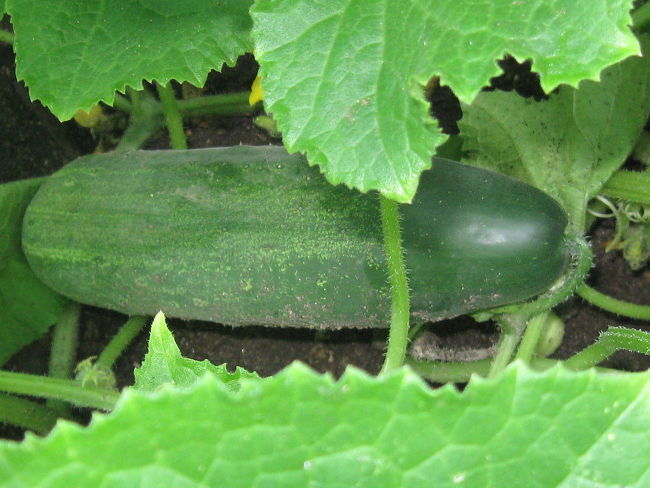




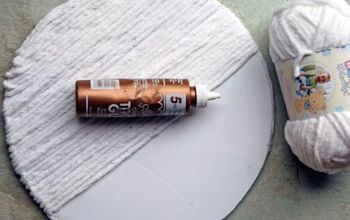



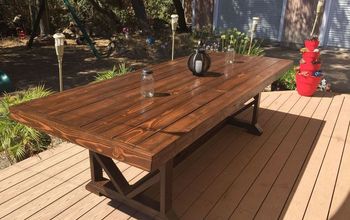
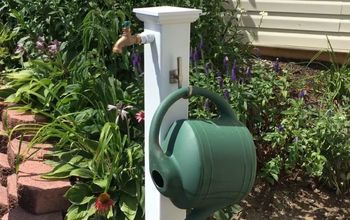
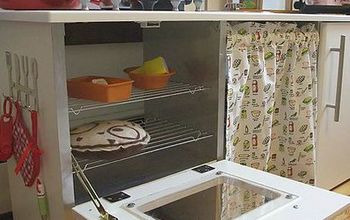
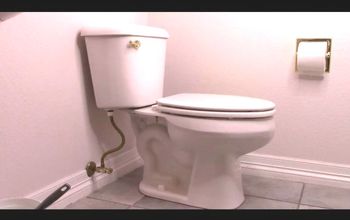
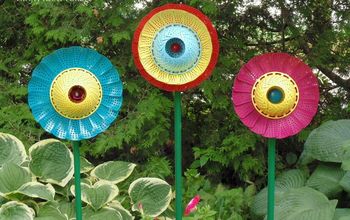
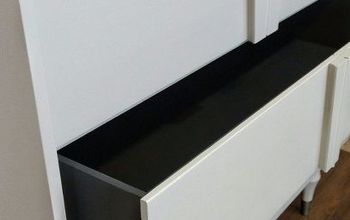
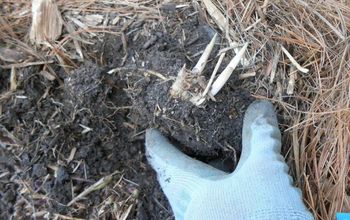
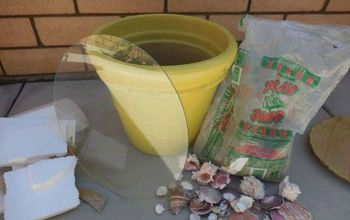

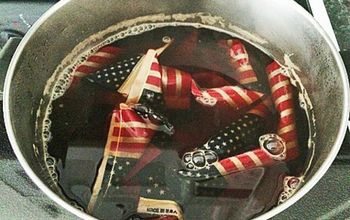
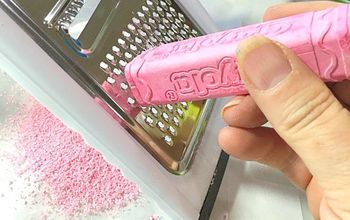
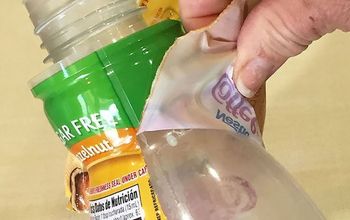

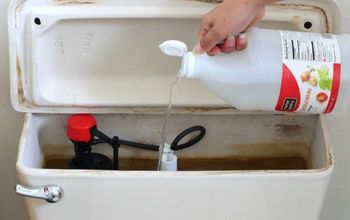
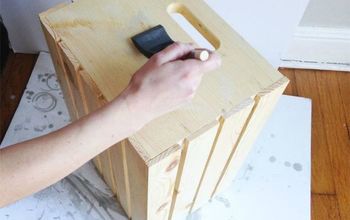

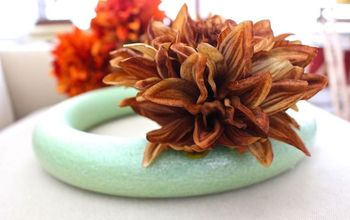
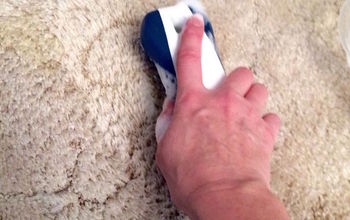
Frequently asked questions
Have a question about this project?